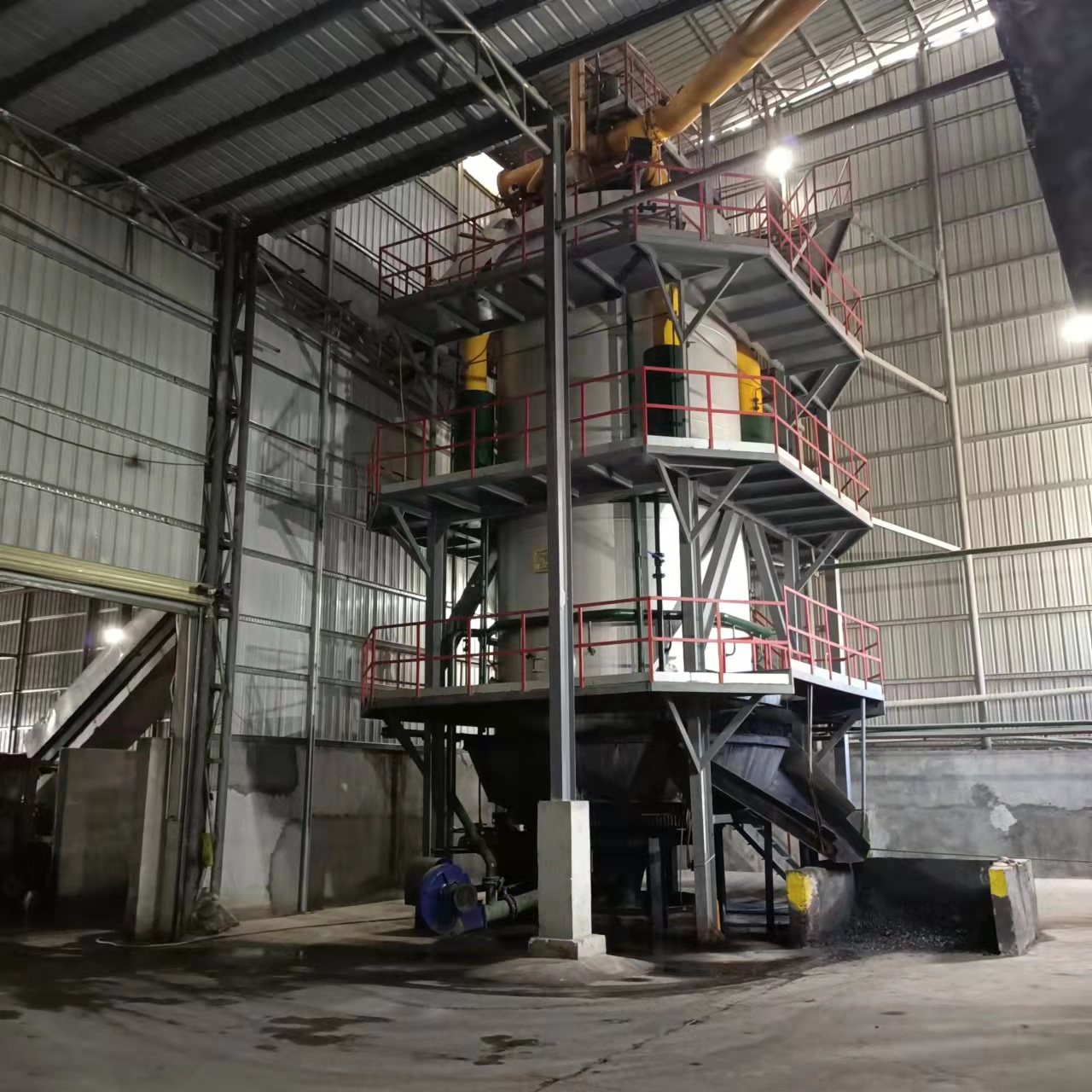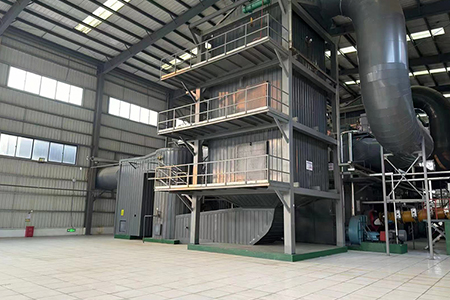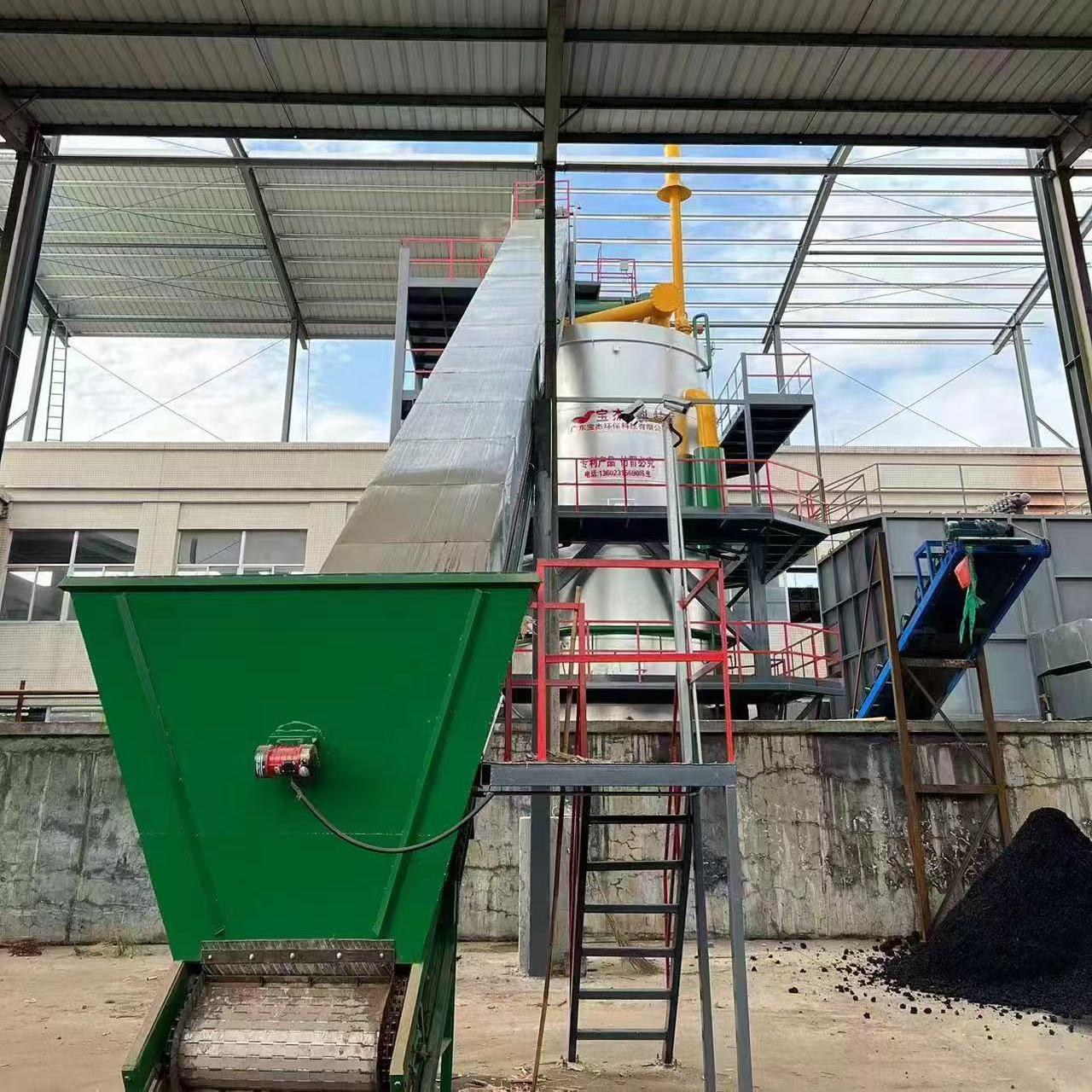R&D and manufacture of biomass gasification equipment, environmental protection equipment, boiler equipment, investment in heating (steam) energy operation and management.
Tel:+86 0769-82928980
E-mail:[email protected]
Web Menu
Product Search
Exit Menu
Industry News
What is the key to heat distribution and utilization in thermal energy management of Biomass Gasifier?
In the thermal energy management of Biomass Gasifier, heat distribution and utilization are the key links that determine the efficiency, economy and sustainability of the system. The core elements of this process will be discussed in detail below.
During the operation of the biomass gasifier, a large amount of heat energy is generated, which needs to be reasonably distributed among different process steps, including feedstock pretreatment, gasification reaction maintenance, gas purification and waste heat recovery. The design of optimizing heat distribution is the basis for ensuring efficient operation of the system.
Biomass feedstocks usually need to be dried to improve gasification efficiency. By allocating part of the waste heat to the feedstock drying stage, the dependence on external heat sources can be reduced and energy costs can be reduced. Maintaining the optimal temperature of the gasification reaction is crucial to ensure gasification efficiency. Reasonable heat distribution can ensure that the temperature of the reaction zone is stable and avoid the decrease of gasification efficiency due to temperature fluctuations.
Waste heat recovery is a key measure to improve the energy utilization rate of the biomass gasification system. Through an efficient waste heat recovery device, the heat in the high-temperature syngas can be reused, thereby improving the overall efficiency of the system.
Installing an efficient heat exchanger can transfer the heat in the syngas to other process links, such as preheating the feed or generating steam. The design of the heat exchanger should ensure maximum heat transfer efficiency and adapt to the operating conditions of the gasifier.
In the process of using steam as a gasifying agent, the management and utilization of steam is a key link. Steam not only participates in the gasification reaction, but also carries a large amount of heat energy. How to efficiently utilize this part of heat energy has a significant impact on the efficiency of the overall system.

The mixing ratio of steam and syngas in the gasification process needs to be precisely controlled. Too much or too little steam will affect the efficiency of the gasification reaction. Therefore, controlling the supply of steam is crucial to optimizing the gasification process. The use of steam in the gasification process is not limited to the reaction zone, but can also be reused through the waste heat recovery system, such as for other industrial processes or directly for power generation.
Modern biomass gasification systems are usually equipped with automated control systems that can monitor and adjust the heat energy in the gasification process in real time. This intelligent heat energy management can significantly improve the operating efficiency of the system.
Heat loss is one of the main factors that reduce the efficiency of the gasification system. During the heat transfer process, reasonable insulation design and maintenance measures can significantly reduce the ineffective loss of heat, thereby improving the overall energy efficiency of the system.
Selecting efficient insulation materials and maintaining them regularly can effectively reduce heat loss in the furnace and pipelines. Especially in the high-temperature gasification reaction zone, high-quality insulation materials can ensure that heat is concentrated in the reaction zone, thereby improving reaction efficiency.
In the thermal energy management of biomass gasifiers, the optimization of heat distribution and utilization is the core to ensure efficient and economical operation of the system. The overall performance of the gasification system can be significantly improved by rationally designing the heat distribution path, effectively recovering and reusing waste heat, efficiently managing steam, applying intelligent control systems, and reducing heat losses. This not only improves energy utilization, but also reduces operating costs, laying the foundation for the widespread application and sustainable development of biomass gasification technology.
Quick Links
Products
contact Us
 Tel: +86 0769-82928980
Tel: +86 0769-82928980 Fax: [email protected]
Fax: [email protected] E-mail: [email protected]
E-mail: [email protected] Company Address: Dalang Chamber of Commerce Building, No. 288 Yinlang South Road, Dalang Town, Dongguan City 13333, China
Company Address: Dalang Chamber of Commerce Building, No. 288 Yinlang South Road, Dalang Town, Dongguan City 13333, China Factory Add:
West side of Centre Road and south side of Zhongyuan Road within Hongcaoyuan, Hongcao Town, Shanwei Urban District
Factory Add:
West side of Centre Road and south side of Zhongyuan Road within Hongcaoyuan, Hongcao Town, Shanwei Urban District
Copyright© 2022 Guangdong Bao Jie Technology Co., Ltd.All Rights Reserved.


 EN
EN 





